Cranes in the UK
Cranes are thought to have gone extinct as a breeding bird in the UK around 400 years ago.
Wintering birds would have occasionally turned up in the intervening period – as they still currently do from time to time. These are birds that veer off from their usual migration routes across Europe – often as a result of inclement weather.
In 1979, three of these migrant birds spent the winter in the Norfolk Broads in the east of the UK. These three pioneering cranes liked what they found and stayed put, and the population slowly but steadily grew through immigration of more young birds and through breeding and the production of young to add to the population.
These three pioneering cranes liked what they found and stayed put, and the population slowly but steadily grew through immigration of more young birds and through breeding and the production of young to add to the population.
Initially the presence of the birds in Norfolk was a closely guarded secret, as their tenuous hold in the UK was foremost in the minds of those seeking to protect them.
The native UK population has now spread outside Norfolk, with birds also breeding in the Fens of Cambridgshire and Suffolk, on the Humberhead Peatlands and in North East Scotland with the current population (not including those released through the Great Crane Project) estimated at around 100 birds.
Unlike all other cranes on the continent, the majority of the UK's cranes are resident and do not migrate away from the UK for the winter - with the possible exception of the Scottish birds which are thought to originate from the Norwegian population and disappear each winter - presumably heading to continental Europe.

 Red White Yellow
Red White Yellow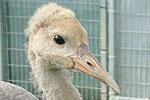 Red Blue Yellow
Red Blue Yellow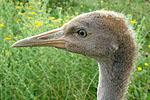 Red Green Yellow
Red Green Yellow Red Black Yellow
Red Black Yellow White Red Yellow
White Red Yellow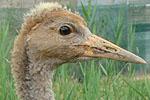 White Blue Yellow
White Blue Yellow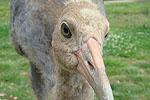 White Green Yellow
White Green Yellow White Green Yellow
White Green Yellow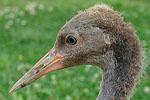 Blue White Yellow
Blue White Yellow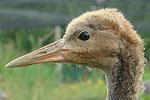 Blue Green Yellow
Blue Green Yellow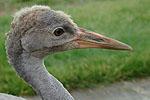 Blue Black Yellow
Blue Black Yellow Yellow Red Yellow
Yellow Red Yellow Yellow White Yellow
Yellow White Yellow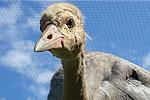 Sven
Sven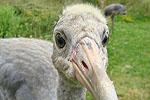 Yellow Green Yellow
Yellow Green Yellow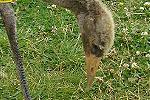 Yellow Black Yellow
Yellow Black Yellow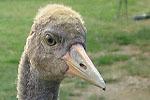 Green Red Yellow
Green Red Yellow Green White Yellow
Green White Yellow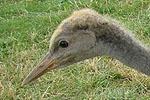 Green Black Yellow
Green Black Yellow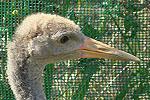 Frieden
Frieden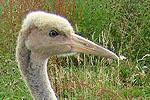 Black White Yellow
Black White Yellow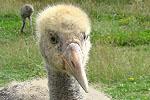 Black Green Yellow
Black Green Yellow